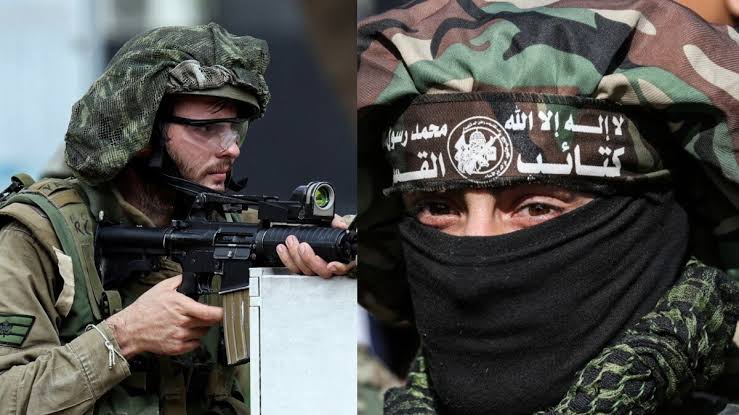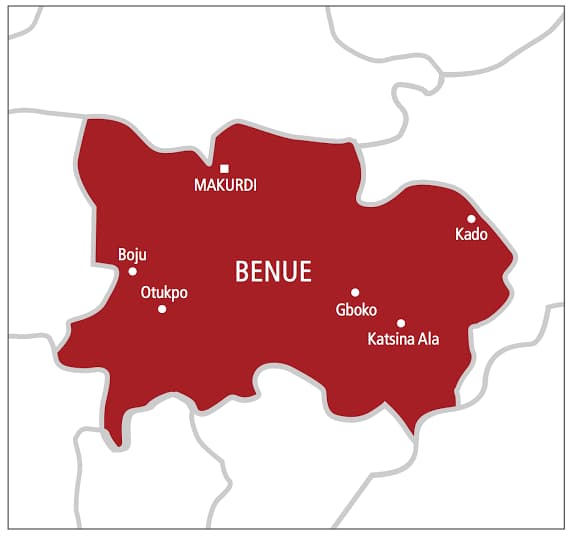Tensions in the Middle East have reached a boiling point as Israel’s Defence Minister Israel Katz delivered a chilling ultimatum to Hamas, demanding the militant group accept a U.S.-proposed ceasefire deal or face “annihilation.” The warning comes as U.S. President Donald Trump optimistically declared that a ceasefire agreement in the war-torn Gaza Strip is “very close.” However, the reality on the ground paints a grim picture, with ongoing violence, a deepening humanitarian crisis and international outcry over Israel’s actions in both Gaza and the West Bank.
A High-Stakes Ceasefire Proposal
The ceasefire proposal, put forward by U.S. envoy Steve Witkoff, has become the focal point of the latest diplomatic efforts to halt the escalating conflict. While details of the proposal remain sparse, Hamas has expressed dissatisfaction with its terms but stopped short of rejecting it outright. Instead, the group stated it is “holding consultations” to evaluate the deal. Israel, however, is showing little patience. Katz’s blunt statement underscores the Israeli government’s determination to either secure peace on its terms or escalate military operations to decisively weaken Hamas.
The urgency of the situation is palpable. Gaza’s civil defence agency reported at least 45 deaths from Israeli airstrikes on May 31 alone, including a devastating attack on a family home in Jabalia that left civilians, including women and children, among the casualties. These losses add to the staggering toll of the conflict, which has claimed 54,321 lives in Gaza since October 2023, according to local health authorities. The majority of these casualties are civilians, a fact that has fueled global condemnation and calls for an immediate end to hostilities.
Trump’s Optimism Meets Harsh Realities
President Trump’s claim that a ceasefire is within reach offers a glimmer of hope, but it is tempered by the relentless violence and complex political dynamics at play. The U.S. has been a key mediator in the conflict, with Witkoff’s proposal representing Washington’s latest attempt to broker peace. However, the gap between Trump’s optimism and the situation on the ground is stark. As airstrikes continue to pound Gaza, and Hamas deliberates over the ceasefire terms, the prospects for an immediate resolution remain uncertain.
The roots of the current escalation trace back to Hamas’s October 2023 attack on Israel, which killed 1,218 people, predominantly civilians, and saw 251 individuals taken hostage. Of those hostages, 57 remain in Gaza, with 34 presumed dead. Israel’s response has been unrelenting, with military operations resuming in March 2025 after a brief lull. Since then, an additional 4,058 people have been killed, further deepening the humanitarian crisis.
A Humanitarian Catastrophe Unfolds
The United Nations has sounded the alarm on the dire situation in Gaza, warning that the entire population faces the risk of famine. Israel’s blockade has severely restricted the flow of humanitarian aid, leaving millions without access to food, clean water, or medical supplies. Hospitals in Gaza are overwhelmed, operating at a fraction of their capacity due to shortages of fuel and equipment. The blockade has also hindered rescue efforts, with civil defence teams struggling to respond to the growing number of casualties.
The international community has urged both sides to prioritize humanitarian concerns, but the blockade and ongoing airstrikes have made aid delivery nearly impossible. The UN’s famine warning underscores the catastrophic consequences of prolonged conflict, with children and the elderly among the most vulnerable.
West Bank Tensions Add Fuel to the Fire
Beyond Gaza, Israel’s actions in the West Bank have further inflamed tensions. The government recently announced plans for 22 new settlements, a move widely condemned as a violation of international law. These settlements are seen as a significant obstacle to the establishment of a Palestinian state, undermining decades of diplomatic efforts to achieve a two-state solution. The expansion has drawn sharp criticism from the United Nations, European Union, and other global actors, who argue that it exacerbates the cycle of violence and entrenches Israel’s occupation of Palestinian territories.
Palestinian leaders have accused Israel of using the Gaza conflict as a distraction to advance its settlement agenda. The West Bank, already a flashpoint for clashes between Israeli settlers and Palestinian communities, risks becoming another front in the broader conflict.
A Region on the Brink
The Gaza conflict is a microcosm of the broader Israeli-Palestinian struggle, with deep historical and political roots. Hamas’s 2023 attack was seen as a response to years of occupation, blockades, and stalled peace talks, but it also triggered an unprecedented Israeli military campaign. The scale of destruction in Gaza has shocked the world, with entire neighborhoods reduced to rubble and families displaced en masse.
Israel maintains that its operations are necessary to dismantle Hamas’s military capabilities and secure the release of hostages. However, the high civilian death toll and the humanitarian crisis have led to growing calls for accountability. Human rights organizations have accused both sides of violating international humanitarian law, with Hamas’s indiscriminate rocket attacks and Israel’s disproportionate use of force coming under scrutiny.
What Lies Ahead?
As Hamas weighs its response to the ceasefire proposal, the world watches with bated breath. A successful agreement could pave the way for de-escalation, the release of hostages and the delivery of desperately needed aid to Gaza. However, failure to reach a deal could lead to a further intensification of Israel’s military campaign, with catastrophic consequences for civilians.
President Trump’s assertion that a ceasefire is “very close” may reflect diplomatic progress behind closed doors, but it also highlights the challenges of aligning the interests of Israel, Hamas, and their respective backers. The U.S., Egypt, and Qatar have been key players in previous ceasefire talks, and their role will likely be critical in any future agreement.
For now, the people of Gaza and the West Bank bear the brunt of a conflict that shows no signs of abating. The international community faces a moral and political imperative to push for peace, address the humanitarian crisis, and work toward a just resolution that respects the rights and aspirations of both Israelis and Palestinians.
Join our Whatsapp channel to stay updated always!


